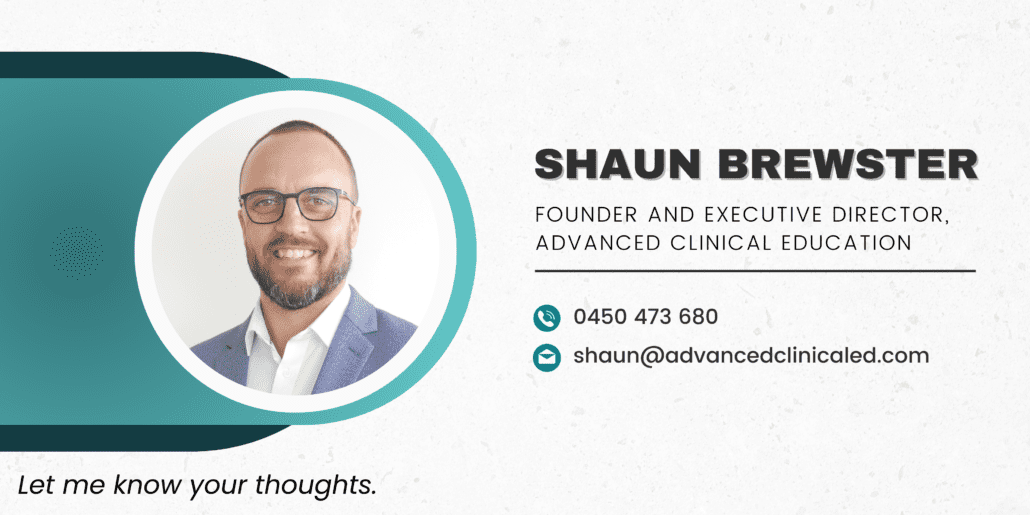But why should they stay?
In business, there is a metric known as CAC – Customer Acquisition Cost.
This dollar amount is the cost of convincing someone to buy your services.
Many things can go into this cost, much of it is generally advertising and marketing dollars, and some may be the cost of humans answering phones, responding to questions and processing a booking.
Interestingly, the average amount of money spent in businesses on marketing and advertising is around 10% of gross revenue. In competitive businesses (like the ones we all work in), it can average around 20%!!
You might think to yourself, “but I don’t have 20% of my pre-tax, pre-overhead dollars left over to be able to spend on advertising.” Well, I don’t think you would be alone there.
Some businesses will in fact spend far more than 20% of their gross revenue on advertising and marketing, others will instead simply spend effort and time, to achieve their results.
If you don’t have the money to pay for promotion, then you’ll most likely be doing it the old fashioned way by networking, engaging with your community, developing referrals, volunteering your services, using unpaid social media, etc.
While paid advertising does work, these other things still work too, which is why we continue to do them.
When we take a step back and look at how much time, effort and/or money we invest into getting a patient to choose us, it is interesting to think about how much time, effort and / or money we invest in keeping them!
There is in fact no financial metric for the cost of keeping a patient / customer from going somewhere else.
We do have LTV – Lifetime Value of a customer, but this only tracks how much money the business is likely to make from the average customer, not the cost of keeping them satisfied with your service.

Anyone who has run a business before, will know it is far harder to get a patient/customer to choose you the first time, than it is to get them to choose you again.
If convincing a patient to choose you again and again is easier than finding a new one, then surely it makes a lot of sense to put as much or more effort in AFTER they choose you, as you did before they chose you.
This is what I’d like to focus on here. The investment we make in our patients, after we’ve been given the opportunity to serve them.
It’s really a lot like developing a relationship with a partner.
In the beginning, you are both trying to put the best version of yourself forward, and you aim to give the other person the best experience you can when they are with you. This builds trust that you are someone they would want to spend more time with. Then, like so many relationships, after time, one or both people stop trying to be and give their best; the outcome of which is going to be predictably a negative one.
It is such an obvious scenario, but I’d put money on the fact that we have all done this in one way or other in our personal or professional lives.
Being aware that this is how humans typically default to being, it makes a lot of sense that we should aim to prevent this where possible.
Consider some strategies or actions you could implement that would demonstrate your investment in your patients AFTER they have come to see you the first time.
What could you do that would continue to convince them that they made the right choice in you?
I should be clear here and say that I’m not a fan of trying to convince patients that they need to keep coming to see you forever. That is not what I’m talking about here.
What I mean is, if you utilise this approach, any time that they genuinely need you again in the future, OR when they need to recommend someone, that their obvious choice would be you because you not only developed their trust in advance, you solidified it through ongoing actions and behaviours.
Some simple examples of this might be:
1️⃣ Calling up your patient several days after their appointment, just to check in on them and see if they needed any advice (#Note – not to try and rebook them).2️⃣ Spending some time after the appointment to find some useful resources that you can send them.
3️⃣ Personally connecting them with another practitioner, service provider, advice giver, etc that can further support them in their goals.
4️⃣ Following up with them again at a later interval, well after they saw you the first time, to ensure that they have progressed appropriately and to wish them well.
5️⃣ When they call you with a real need for help, that you do your best to make time for them even if your schedule is full.
6️⃣ Do an AMAZING job in the consultation – Of course.
What else could you add to this list…?
All these ideas cost you time and / or effort. However, this cost is going to be less than the cost of finding a new patient, because this will provide repeat business and bring in new patients through strong referrals.
This investment compounds.
All these things demonstrate to the patient that they are more than a number to you. These types of actions make deposits in the trust bank. When that bank account gets large enough, you will be their choice for life.
So if you are a business owner, clinician, or someone responsible for running a clinic, I would strongly recommend trying as hard as you can to invest in the second half of each patient relationship. The first half is them making the decision to come to you, the second half is them becoming certain that their decision was the right one.


